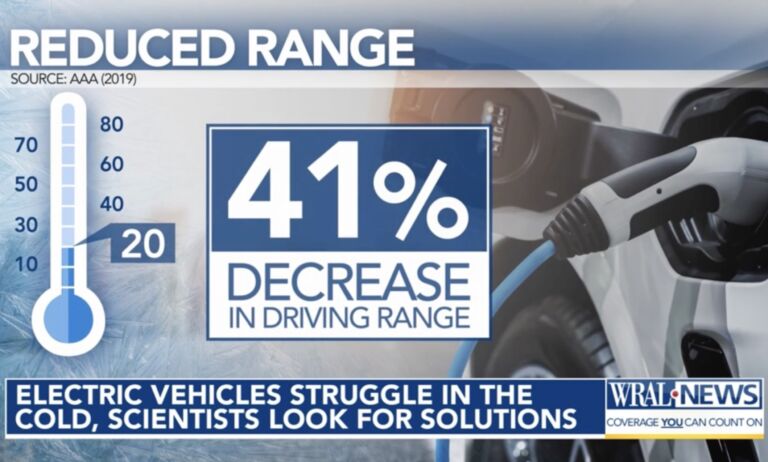If you’ve been following the story of Uber and its ongoing technology-based challenge of entrenched taxicab interests, you might be interested in Adam Lashinsky’s article in the latest issue of Fortune magazine.
The story line about Uber these days usually involves a fight: Uber scuffling with German regulators, who banned one of its car services nationwide; Uber shiftily snatching drivers from its pip-squeak rival Lyft; Uber skirting taxi commissioners and government officials of all stripes to bring its disruptive personal transport-by-mobile-app service to the masses. Like any good tech startup, Uber is in a dogfight everywhere it turns. Like few tech startups, everywhere it turns it’s ready for confrontation.
Yet Uber has at least one initiative in which it’s making love, not war. Ten months ago the startup introduced a modest program to help its drivers finance car purchases. The five-year-old company announced that it would partner with General Motors, Toyota, and several unnamed financial institutions to reduce drivers’ monthly payments and get them on the road faster. Uber drivers have the kind of cash flow that lowers their risk to lenders, CEO Travis Kalanick wrote in a memo announcing the initiative. That predictability should enable the drivers to borrow at better rates than they’d otherwise get on the open market.
Drivers hustling for fares aren’t the only ones delighted by Uber’s self-interested helpfulness. Auto lenders are glad to have the additional business that Uber is throwing their way. Car dealers love that it’s helping them move inventory by creating qualified buyers who didn’t previously exist.
The financing program is unique in part because Uber isn’t doing any financing. Instead, it is playing middleman between drivers whose credit might be subpar or whose cars aren’t new enough to meet Uber’s standards, and the car salesmen and auto lenders with which it works. Uber itself isn’t making any money on the scheme, not yet anyway. The company sees its go-between role as a competitive advantage in its quest to grow its network rapidly in cities around the globe. “We’re helping finance the instrument of revenue generation,” says Brent Callinicos, a longtime finance executive at Microsoft and Google who is now Uber’s chief financial officer. “In that sense, we’re generating revenue from this already.”


